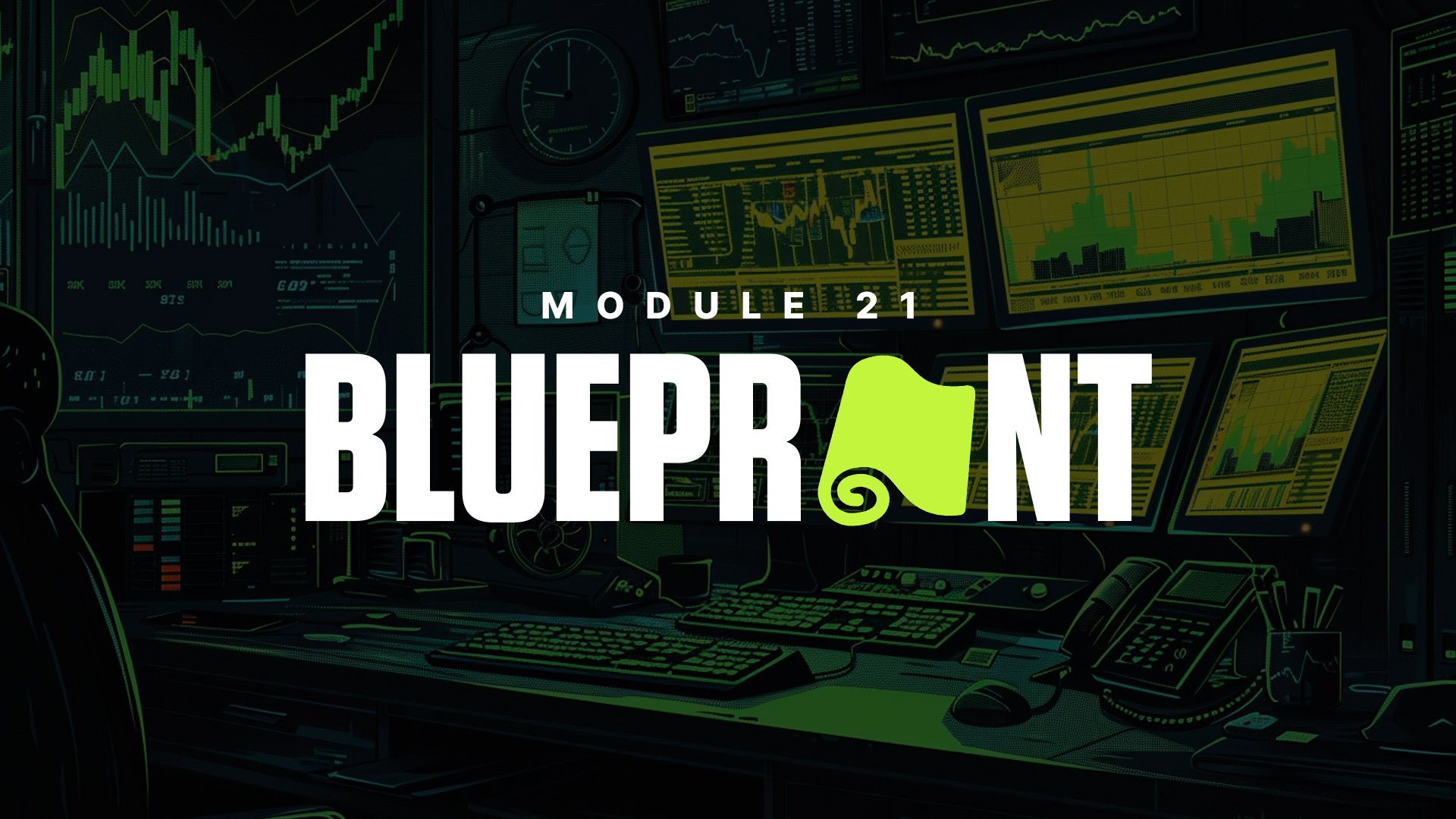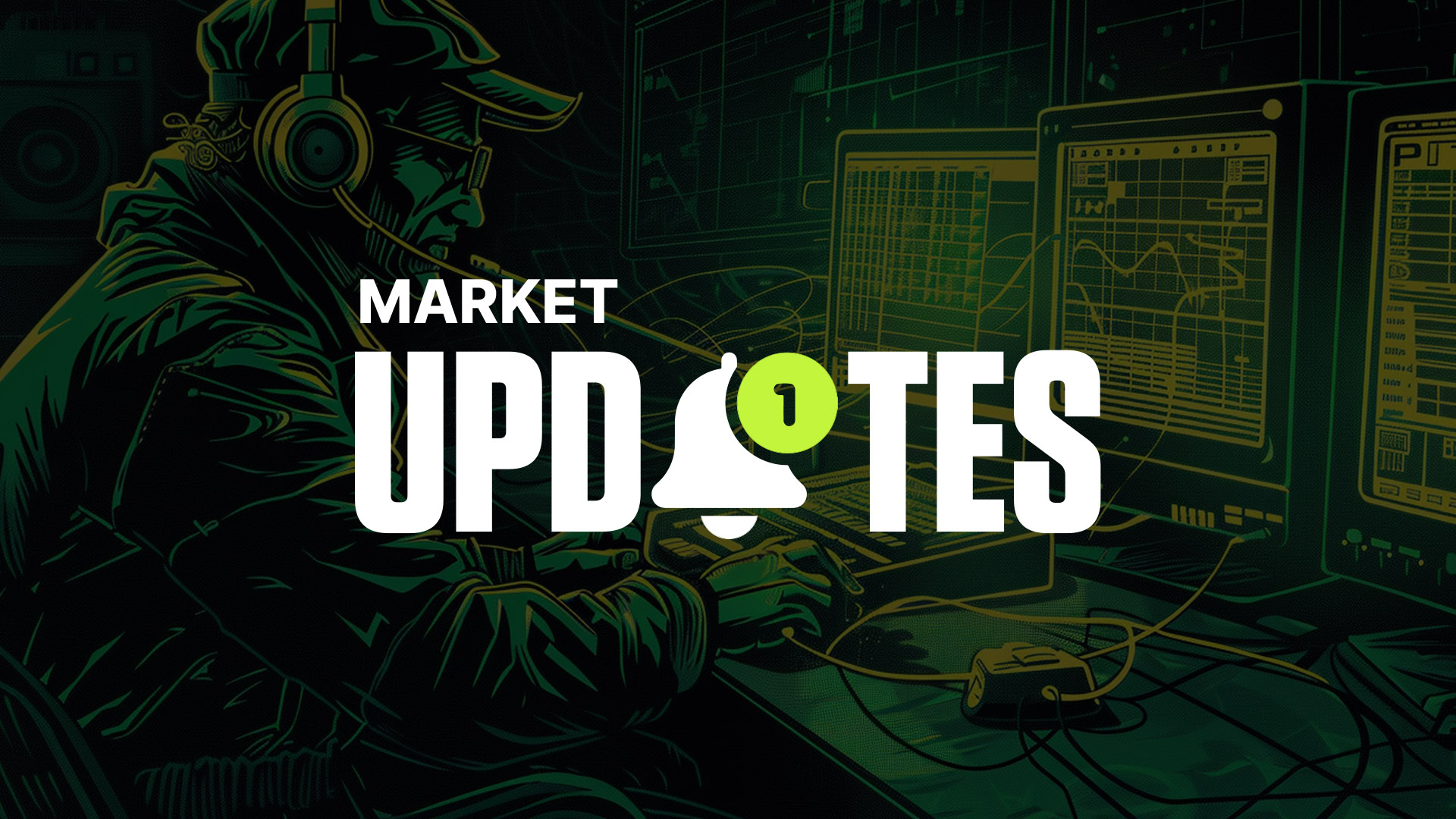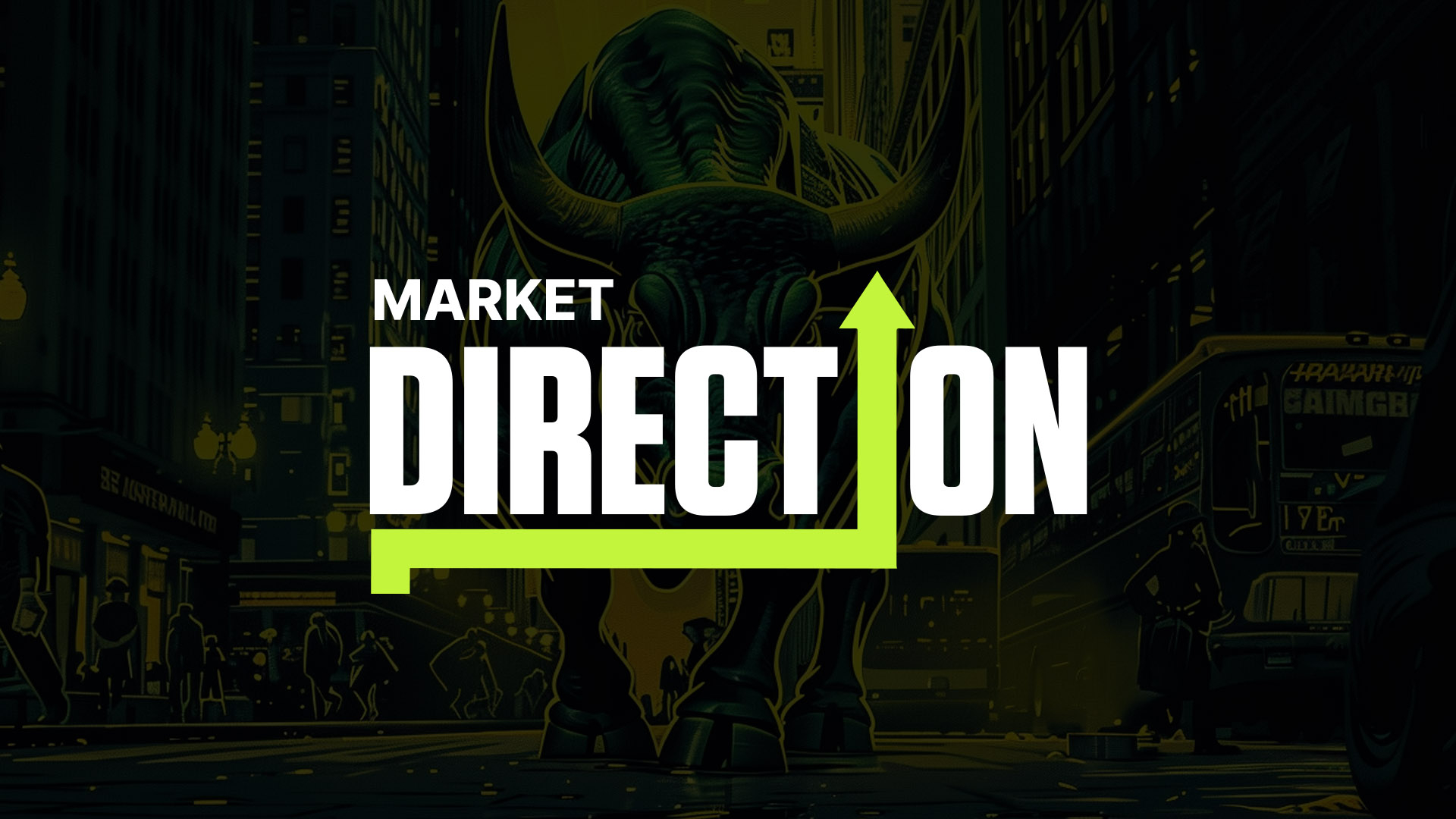
In this module, we’ll dive into the current regulatory frameworks and significant legal disputes influencing the direction of crypto regulation.
Current Crypto Regulations
United States
In November 2021, the US government added a crypto provisions section to the Infrastructure Investment and Jobs Act (IIJA).Under these provisions, cryptocurrencies were defined as “digital assets.” As a result of this act, centralised exchanges that operate in the US (e.g. Coinbase and Binance) are now required to keep a record of every trade carried out on their platforms, including details regarding the profit or loss made by each trader.
These centralised exchanges must also verify the identity of their users before allowing them to trade, in accordance with a statement issued by the Financial Crimes Enforcement Network (FinCEN) back in 2013.
Effective in 2024, the IIJA introduced significant changes regarding the reporting of transactions involving digital assets. The act expands information reporting requirements to include transfers of digital assets, requiring businesses to report digital asset payments over $10,000.
The act also defines "digital asset" service providers as "brokers.”. This requires brokers to report tax information for digital assets in a way similar to stocks and bonds.
These provisions reflect the US government's intent to increase crypto regulation, also acknowledging the permanence of cryptocurrencies. This regulatory approach signifies a step towards integrating digital assets into the broader financial and tax reporting ecosystem.
European Union
In September 2020, the Markets in Crypto-Assets Regulation (MiCA) was proposed by the European Commission. MiCA is a regulatory framework that seeks to establish a clear code of conduct for crypto asset service providers (CASPs), introduce new licensing agreements and increase consumer protection.The MiCA regulation was officially adopted and entered into force in June 2023. It establishes uniform EU market rules for crypto-assets that are not currently regulated by existing financial services legislation.
This comprehensive regulatory framework aims to enhance transparency, disclosure, authorisation, and supervision of crypto-asset activities. Importantly, it seeks to support market integrity and financial stability by regulating public offers of crypto-assets and ensuring consumers are better informed about their associated risks.
United Kingdom
The UK implemented stringent reporting crypto regulation for crypto exchanges and wallet providers from August 2022, requiring them to report any suspected sanctions breaches. The government's approach includes detailed definitions of crypto asset exchanges and custodian wallet providers, emphasising the legal obligations for compliance and the severe penalties for failure to adhere to these requirements.Additionally, in February 2023, the UK government announced plans to regulate the crypto market further. These involve proposals to regulate crypto trading platforms, introduce a crypto lending regime, and potentially expand the Financial Conduct Authority’s regulatory powers over all crypto assets.
Can crypto be banned?
The short answer is no. Bar ‘cancelling’ the internet, there is no feasible way to ban cryptocurrencies outright or stop people from interacting with blockchains. Blockchains are explicitly designed to be decentralised and censorship-resistant.Banning crypto at the retail point of access (i.e., exchanges) does not prevent peer-to-peer transactions, and if push comes to shove, people will always be able to get their hands on digital assets. The blockchain will not magically disappear with the introduction of harsh legislation. In countries not covered by the legislation, it is business as usual.
The most effective and best course of action left to regulators and governments is to go after cryptocurrency onramps and offramps. By strictly regulating all avenues that can be used to convert cryptocurrencies to fiat, law enforcement agencies can ensure that any attempts to convert illicitly gained cryptocurrency funds are identified.
The SEC and CFTC
The SEC, or Securities and Exchange Commission, is an independent US government regulatory agency.The main duties of the SEC are to oversee the securities markets and protect investors.
In case you’re not already familiar with the term, a security is a fungible (i.e. can be replaced by another identical item), tradable asset that can be used to raise capital in public and private markets.
The SEC helps regulate the public sales of securities and provides investors access to financial reports, registration statements and other security-related forms. The SEC can take civil action against lawbreakers and also works closely with the U.S. Department of Justice on criminal cases.
Regarding crypto regulation, the SEC has argued that some cryptocurrencies qualify as securities and should therefore have to comply with SEC regulations.
The Commodity Futures Trading Commission (CFTC) is another independent US government agency founded by the Commodity Futures Trading Commission Act (1974). The role of the CFTC is to oversee and regulate the US derivatives markets (e.g. futures trading and options trading; see module 12) and protect the investors involved in these markets.
The SEC and CFTC are terms that are sometimes (incorrectly) used interchangeably. It’s important to understand that the SEC and CFTC are two distinct government agencies; they were established under different laws and have different responsibilities.
Ripple vs the SEC
Since December 2020, the SEC has been in a legal battle with Ripple Labs, the creators of the XRP token. The SEC argues that XRP qualifies as a security and that Ripple Labs sold $1.3 billion worth of XRP tokens between 2013 and 2020 via illegitimate means because XRP wasn’t registered as so.Prior to this lawsuit, XRP was one of the biggest tokens by market capitalisation (approx $27 billion). In the month following SEC’s filing, XRP’s market cap sunk to $16 billion.
The SEC uses what is known as the ‘Howey Test’ to help determine whether or not a cryptocurrency should be classified as a security. According to this test, a cryptocurrency is deemed a security if a developer is selling tokens to users based on the assumption that the token will increase in value, and that this additional value is expected to come about from the efforts of the developers.
If a cryptocurrency is considered to be a security in the US, then by law, developers are required to register with the SEC and file a series of paperwork that details how they intend to give the crypto value.
Ripple argues that XRP lacks the “essential ingredients” to be considered a security.
The case's outcome could influence future regulatory frameworks for cryptocurrencies in the United States. After a partial victory for Ripple in July 2023, where a judge ruled institutional sales of XRP as securities transactions and retail sales not, the case continues to unfold.
BTC ETFs
ETFs or exchange-traded funds, are pooled investments made up of a basket of securities that can be bought and sold the same way as stocks. Similar to stocks, the price of an ETF’s shares will fluctuate throughout the day as the shares are traded on exchanges. One of the main benefits of ETFs is that they enable investors to gain exposure to the assets they represent without actually having to own them. There are two main types of Bitcoin ETFs: spot ETFs and futures ETFs.Bitcoin Spot ETFs: directly track the current market price, or "spot" price, of Bitcoin. They are designed to reflect the real-time price of Bitcoin and adjust as the market moves.
These ETFs involve purchasing actual Bitcoin. The ETF holds Bitcoin directly, and the value of the ETF shares is tied to the current market price of Bitcoin.
Bitcoin Futures ETFs: are based on Bitcoin futures contracts, not the current price of Bitcoin itself. Futures contracts are agreements to buy or sell an asset at a future date at a predetermined price.
Instead of holding Bitcoin directly, futures ETFs invest in futures contracts that speculate on the future price of Bitcoin. These contracts are traded on regulated futures exchanges.
After years of anticipation and several applications from major financial institutions, the US Securities and Exchange Commission (SEC) approved the listing and trading of several spot Bitcoin ETFs in early 2024, after previously only accepting investment vehicles tied to Bitcoin futures. This marked a pivotal shift in the regulatory stance towards cryptocurrency investments, providing investors with a regulated avenue to gain exposure to Bitcoin's price movements directly.
Among the institutions whose Bitcoin ETF applications were under review by the SEC, notable names include BlackRock, ARK Invest, Bitwise Asset Management, VanEck, WisdomTree, Invesco, Galaxy Digital, Fidelity, and Valkyrie.
The approval of their ETFs signifies a broadening acceptance of cryptocurrencies within the traditional financial sector and provides a significant boost to the legitimacy and accessibility of Bitcoin.
The approval process was not straightforward, involving extensive reviews and revisions of the applications.
CBDCs
Central Bank Digital Currencies (CBDCs) are digital tokens that are issued and regulated by a central bank/a country’s monetary authority. Their value is pegged to the country’s fiat currency.There are two main types of CBDCs: wholesale and retail. Wholesale CBDCs serve a similar purpose to holding reserves in a bank and are mainly used by financial institutions. Retail CBDCs, much like physical currency, are used by businesses and consumers. This category of CBDCs can be further broken down into two sub-categories: account-based retail CBDCs (require digital identification to access) and token-based retail CBDCs (accessed via public/private keys and facilitate anonymous transactions).
The European Central Bank is moving into a preparation phase for a digital euro, aiming to lay the groundwork for its potential launch. This phase focuses on finalising crypto regulation, selecting technology providers, and extensive testing. Similarly, the digital yuan in China has seen practical use in international transactions, such as crude oil trade, indicating the operational readiness and international applicability of CBDCs.
Other countries like Brazil and India have plans to launch their digital currencies soon, with Brazil's digital real aiming for a launch in May 2024. In South Korea, a pilot involving 100,000 citizens is set to start in the fourth quarter of 2024 to test the CBDC in real-world transactions, underscoring the country's proactive approach to digital currency adoption.
Although CBDCs appear similar to cryptocurrencies, they are not the same. CBDCs do not necessarily incorporate blockchain technology, and, more importantly, these currencies are controlled by centralised authorities. This means that they are neither censorship-resistant nor decentralised, two characteristics that are core to cryptocurrency and blockchain technology.
Continue reading by joining Cryptonary Pro
$997/year
Get everything you need to actively manage your portfolio and stay ahead. Ideal for investors seeking regular guidance and access to tools that help make informed decisions.
For your security, all orders are processed on a secured server.
As a Cryptonary Pro subscriber, you also get:
Success Guarantee, if we don’t outperform the market, you get 100% back, no questions asked
24/7 access to experts with 50+ years’ experience
All of our top token picks for 2025
Our latest memecoins pick with 50X potential
On hand technical analysis on any token of your choice
Weekly livestreams & ask us anything with the team
Daily insights on Macro, Mechanics, and On-chain
Curated list of top upcoming airdrops (free money)
100% Success Money Back Guarantee
If our approach doesn’t outperform the overall crypto market during your subscription, we’ll give you a full refund of your membership. No questions asked. For quarterly and monthly subscribers this is applicable once your subscription runs for 6 consecutive months.
Our track record speaks for itself
With over 2.4M tokens and widespread misinformation in crypto, we cut through the noise and consistently find winning assets.
Our track record speaks for itself
With over 2.4M tokens and widespread misinformation in crypto, we cut
through the noise and consistently find winning assets.
Frequently Asked Questions
Can I trust Cryptonary's calls?
Yes. We've consistently identified winners across multiple cycles. Bitcoin under $1,000, Ethereum under $70, Solana under $10, WIF from $0.003 to $5, PopCat from $0.004 to $2, SPX blasting past $1.70, and our latest pick has already 200X'd since June 2025. Everything is timestamped and public record.
Do I need to be an experienced trader or investor to benefit?
No. When we founded Cryptonary in 2017 the market was new to everyone. We intentionally created content that was easy to understand and actionable. That foundational principle is the crux of Cryptonary. Taking complex ideas and opportunities and presenting them in a way a 10 year old could understand.
What makes Cryptonary different from free crypto content on YouTube or Twitter?
Signal vs noise. We filter out 99.9% of garbage projects, provide data backed analysis, and have a proven track record of finding winners. Not to mention since Cryptonary's inception in 2017 we have never taken investment, sponsorship or partnership. Compare this to pretty much everyone else, no track record, and a long list of partnerships that cloud judgements.
Why is there no trial or refund policy?
We share highly sensitive, time-critical research. Once it's out, it can't be "returned." That's why membership is annual only. Crypto success takes time and commitment. If someone is not willing to invest 12 months into their future, there is no place for them at Cryptonary.
Do I get direct access to the Cryptonary team?
Yes. You will have 24/7 to the team that bought you BTC at $1,000, ETH at $70, and SOL at $10. Through our community chats, live Q&As, and member only channels, you can ask questions and interact directly with the team. Our team has over 50 years of combined experience which you can tap into every single day.
How often is content updated?
Daily. We provide real-time updates, weekly reports, emergency alerts, and live Q&As when the markets move fast. In crypto, the market moves fast, in Cryptonary, we move faster.
How does the success guarantee work?
If our approach to the market doesn’t beat the overall crypto market during your subscription, we’ll give you a full refund of your membership fee. No questions asked. For quarterly and monthly subscribers this is applicable once your subscription runs for 6 consecutive months.



















